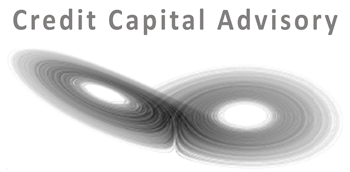Credit has too often been ignored by economists, mainly it seems because it is too complex to model. One of the main reasons why the new neo-classical synthesis – which forms the backbone of monetary policy today – failed to provide any indication of the financial crisis was because credit was largely omitted from its models. Most macroeconomic analysis today still focusses inordinately on the nature of money based on the quantity theory of money.
Fortunately, investors can just ignore the debate about money and focus on credit. It is the investment signals derived from credit which provide investors with the signals to generate excess returns. One of the best places to start to think about the nature of credit is to return to the economist who developed the first pure credit-based economic model. This was the great Swede, Knut Wicksell, who was the only economist as far as I am aware to have been sent to jail for his opinions. Wicksell’s model of the credit economy was developed in the late 19th century because he thought the quantity theory of money was daft and explained little about the economy and its future trajectory. A focus on signals generated from money supply data and its relation to output and economic equilibrium has more often than not generated unexpected losses for investors.
Wicksell argued that what mattered in an economy was not money but credit. He developed a model based on two economic concepts or rates of interest. The natural rate of interest was equivalent to the marginal productivity of capital, and the money rate of interest was akin to the long term bond yield used to fund capital projects. When these two rates were equal, there was an economic equilibrium. If the natural rate was higher than the money rate, this would encourage investment in both physical and financial assets and if the natural rate was lower it would cause capital destruction and a depression. As a result, this framework allows investors to monitor the business cycle whilst ignoring general equilibrium signals emanating from central banks which tell us useful things like asset bubbles can’t exist. If you can monitor the business cycle you can profit from it. That’s why Wicksell’s credit revolution is so important for investors.
